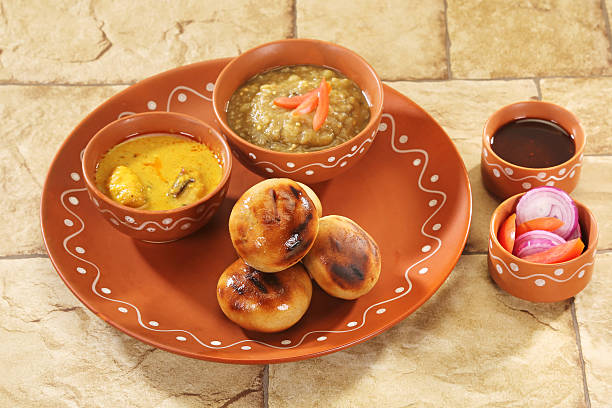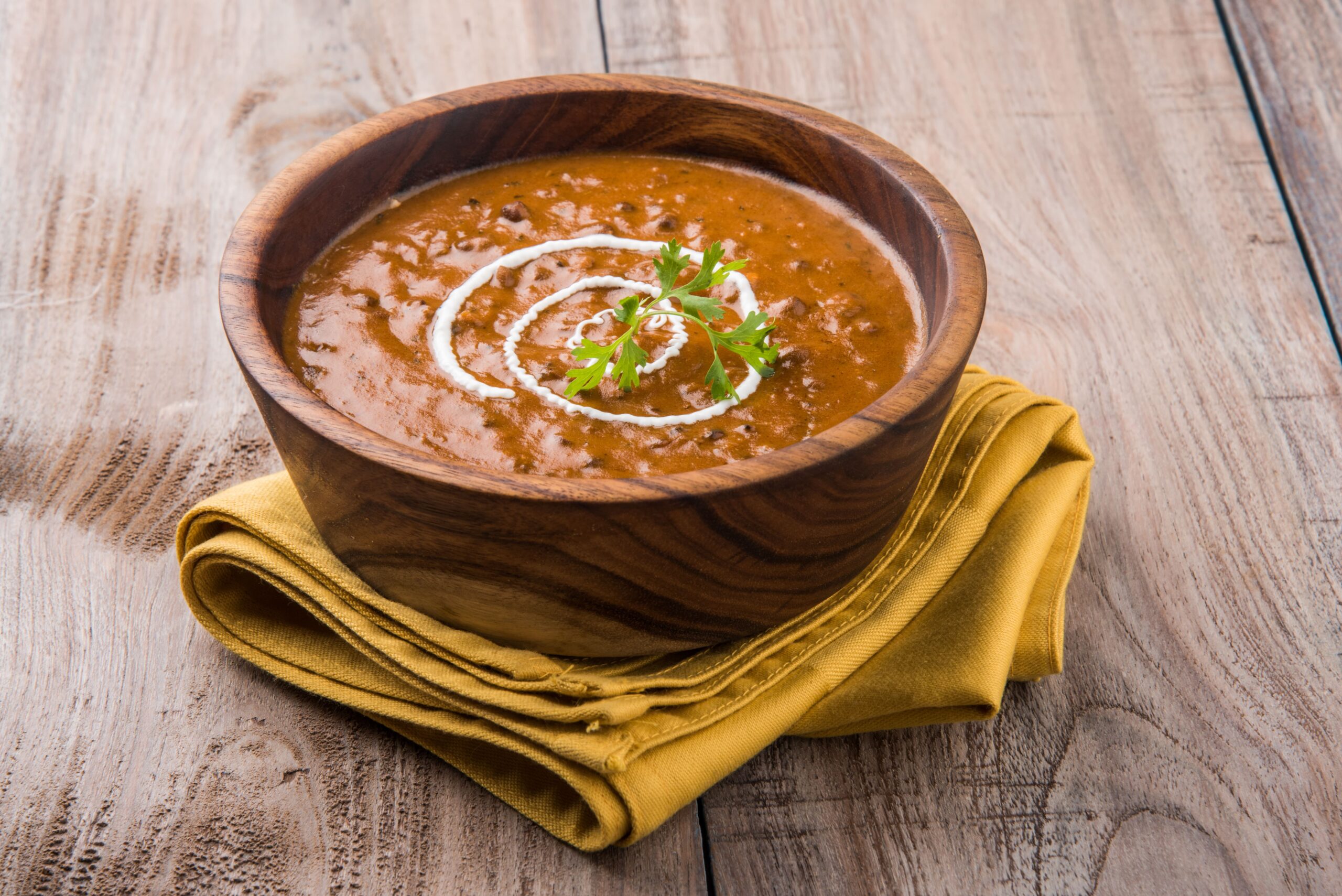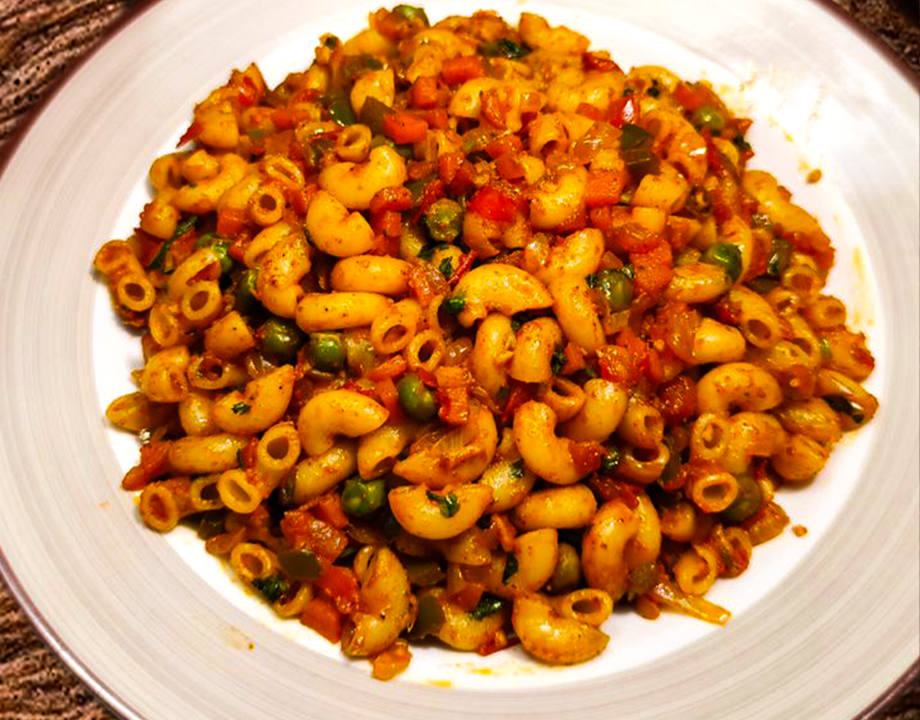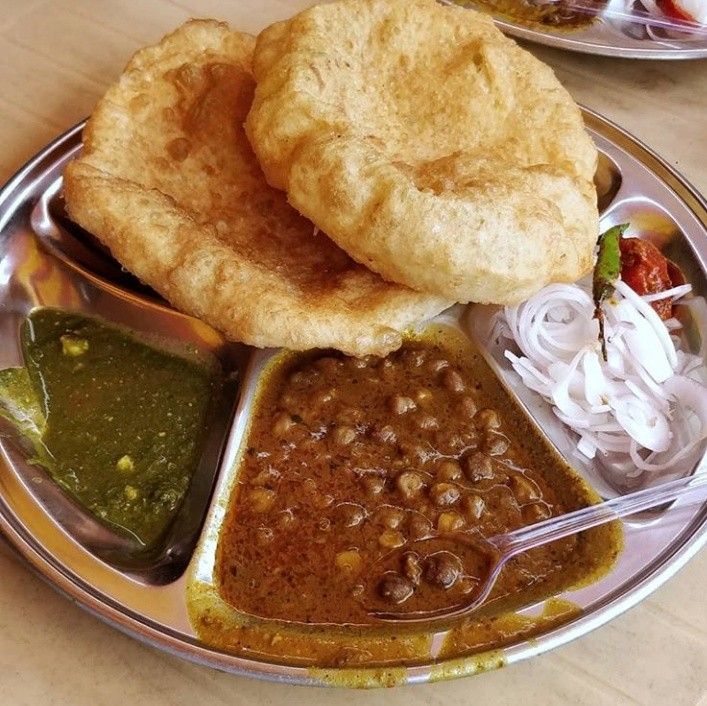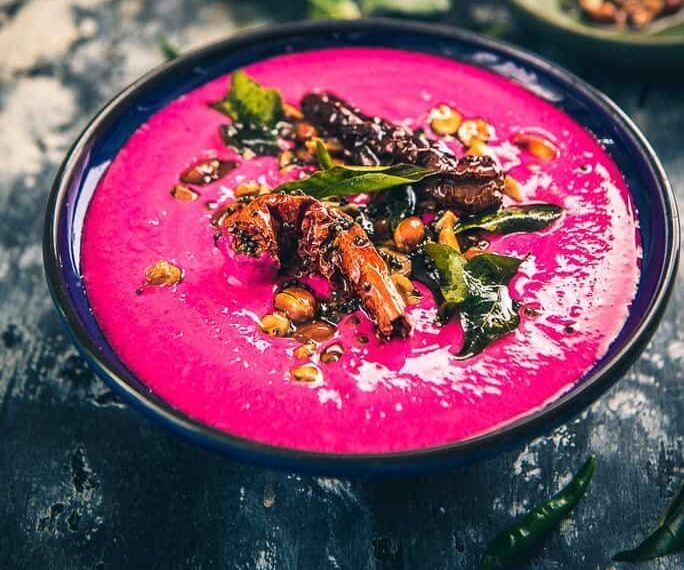In This Article
Food is one of life’s basic needs, but for some, it’s also a way to enjoy luxury and indulge in unique experiences. Around the world, certain foods come with incredibly high price tags. These aren’t the things you find in your regular grocery store—they’re rare, extraordinary treats often labeled as the most expensive foods in the world.
The reasons behind these sky-high prices vary. Some foods are rare and hard to find, while others require a lot of time and effort to produce. Cultural significance can also play a role, making certain items even more valuable. For example, saffron, known as “red gold,” is hand-picked from flowers, while Japanese wagyu beef involves years of careful care for the cattle. Other items, like caviar or white truffles, have long histories of being associated with wealth and luxury.
For people who enjoy fine dining or unique experiences, these expensive foods aren’t just about eating—they’re about making a statement. From gold-covered desserts to the world’s most exclusive cheeses, each of these foods has a story that adds to its appeal.
Let’s take a closer look at some of the world’s most expensive foods and discover what makes them so special—and so costly.
The Appeal of Expensive Foods
Expensive foods transcend basic nourishment; they are symbols of prestige, tradition, and craftsmanship. Each delicacy tells a story—of meticulous effort, cultural reverence, and exclusivity. Their value often lies in their scarcity, the artistry behind their production, or their celebrated role in culinary history. Let’s explore some of these rare and sought-after indulgences and discover why they command such high prices.
1. Saffron – The “Red Gold”
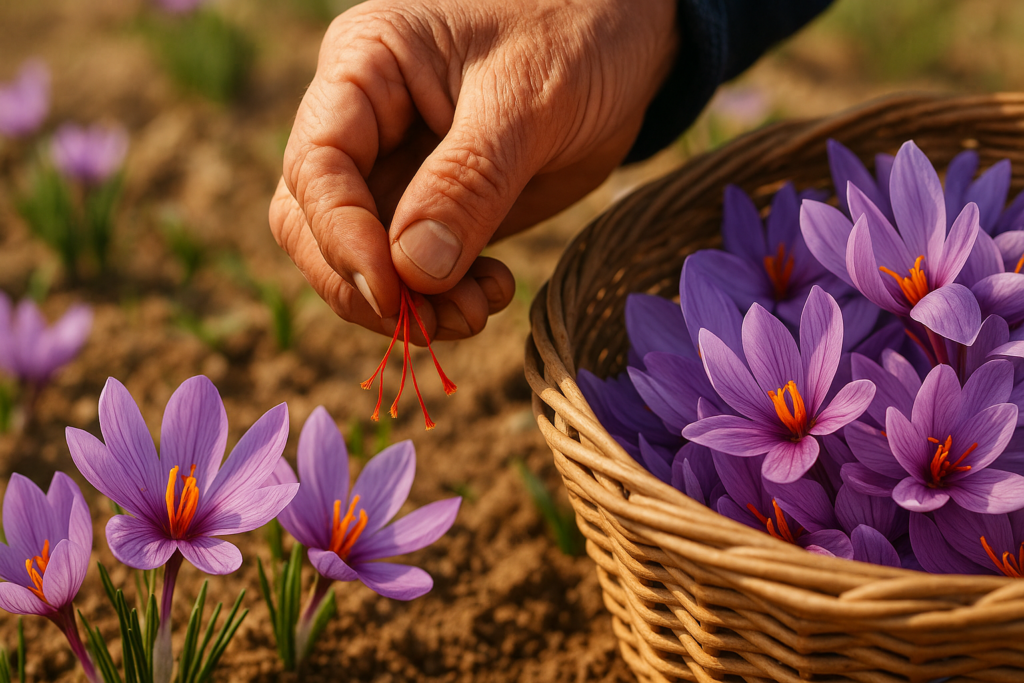
Price: Up to $10,000 per pound
Saffron, often referred to as “red gold,” is the world’s most expensive spice, known for its golden-yellow hue, floral aroma, and distinct flavor that elevates any dish. It is derived from the delicate stigmas of the crocus flower, scientifically known as Crocus sativus. Each flower yields only three tiny stigmas, necessitating the hand-harvesting of nearly 75,000 blossoms to produce a single pound of saffron. This labor-intensive process contributes significantly to its high cost.
Cultivated primarily in Iran, Spain, and India, saffron has a rich history, often associated with royalty and luxury. Its applications extend beyond the kitchen, as it is also prized in traditional medicine for its purported health benefits, such as improving mood, reducing stress, and aiding digestion. Saffron’s culinary uses are diverse, appearing in iconic dishes like Persian saffron rice, Spanish paella, and Indian biryani. Despite its price, saffron remains a treasured ingredient in gourmet and home cooking worldwide, with just a small pinch sufficing to transform a dish’s flavor and appearance.
2. White Truffles
Price: Up to $4,000 per pound
White truffles, often referred to as the “diamonds of the kitchen,” are one of the rarest and most sought-after culinary ingredients. These prized fungi grow predominantly in the Piedmont region of northern Italy, thriving in the roots of specific trees such as oak, hazel, and poplar. Their earthy, musky aroma and complex flavor profile make them a staple in fine dining. White truffles are particularly cherished for their rarity, as they have a short growing season from September to December.
Locating them is a challenge that involves trained dogs or pigs, which can detect their unique scent underground. Once harvested, they are used sparingly but effectively, often shaved over simple dishes like pasta, risotto, or scrambled eggs to elevate the meal to gourmet status. Their high cost is further influenced by their inability to be cultivated artificially and their perishability. Beyond their culinary value, white truffles symbolize luxury and exclusivity, making them a coveted addition to any gourmet kitchen.
3. Kopi Luwak Coffee
Price: $600 per pound
Kopi Luwak, the world’s most expensive coffee, has an unusual and controversial production process. Originating from Southeast Asia, this coffee is made using beans that have passed through the digestive system of civets, small tree-dwelling mammals. The civets consume coffee cherries, and during digestion, the beans undergo a unique fermentation process that alters their chemical composition. This results in a smoother, less acidic brew with a distinct flavor profile that coffee enthusiasts cherish.
Despite its appeal, Kopi Luwak has been criticized for ethical concerns, particularly the treatment of civets in commercial farms. Many are kept in cramped cages and subjected to poor conditions, raising questions about the sustainability and morality of its production. As a result, some producers are now advocating for wild-sourced Kopi Luwak to ensure ethical practices. The coffee’s high price and limited availability make it a luxury item, enjoyed by those seeking a unique and indulgent coffee experience.
4. Wagyu Beef
Price: Up to $200 per pound
Wagyu beef, synonymous with luxury and exceptional quality, originates from Japan and is celebrated for its unmatched marbling and tenderness. The term “Wagyu” refers to Japanese cattle breeds that are raised under meticulous care. Farmers provide these cattle with stress-free environments and specialized diets, including grains, to ensure the development of rich, buttery fat marbling. This intricate marbling is what sets Wagyu apart, as it results in meat that is incredibly tender and flavorful.
Authentic Japanese Wagyu is graded based on its marbling, color, and texture, with the highest grades fetching premium prices. It is commonly used in high-end restaurants, often served as steak, sashimi, or sukiyaki. Beyond its culinary appeal, Wagyu is also celebrated for its nutritional profile, as the fat is rich in monounsaturated fats and omega-3 fatty acids. As demand for Wagyu continues to grow internationally, efforts to preserve its authenticity remain crucial to maintaining its status as a symbol of luxury dining.
5. Yubari King Melons

Price: Up to $45,000 for a pair
Yubari King melons are a symbol of luxury and status in Japan, known for their flawless appearance and perfectly balanced sweetness. Grown exclusively in Yubari, Hokkaido, these melons are cultivated with meticulous care to achieve their exceptional quality. Farmers employ special techniques, such as hand-pollination and temperature-controlled greenhouses, to ensure optimal growth. Each melon is also individually wrapped and given regular massages to maintain its perfect spherical shape.
Yubari King melons are typically sold as luxury gifts, often presented in ornate packaging. The first harvest of the season is particularly significant, with auctions determining their value. In 2019, a pair of these melons fetched a record-breaking price of $45,000. This exorbitant cost reflects their rarity and cultural significance in Japan, where giving fruit as a gift is a tradition rooted in respect and appreciation. Despite their price, Yubari King melons remain a testament to the artistry and precision of Japanese agriculture.
6. Bluefin Tuna
Price: Up to $3 million per fish
Bluefin tuna, a prized delicacy in sushi and sashimi cuisine, is one of the most expensive seafood items in the world. Native to the Atlantic and Pacific Oceans, bluefin tuna are renowned for their rich, buttery flavor and firm texture. Their value is driven by high demand, particularly in Japan, where they are a cornerstone of traditional culinary culture. Overfishing has led to a significant decline in their population, increasing scarcity and driving up prices.
The most notable sale occurred in 2019 at Tokyo’s Toyosu Fish Market, where a single bluefin tuna sold for a staggering $3.1 million. This record-breaking purchase highlighted the fish’s status as a luxury item and its cultural significance. Efforts to regulate fishing and promote sustainable practices are crucial to ensuring the long-term availability of bluefin tuna. Despite conservation challenges, it remains a symbol of indulgence and refinement in high-end dining establishments worldwide.
7. Bird’s Nest Soup
Price: Up to $3,000 per pound of nests
Bird’s nest soup, a traditional Chinese delicacy, is made from the hardened saliva of swiftlets, small birds that build their nests on cliffs and in caves. Harvesting these nests is a dangerous and labor-intensive process, often requiring skilled climbers to navigate treacherous terrains. Praised for its unique gelatinous texture and subtle flavor, the soup is considered a luxury item and is often reserved for special occasions.
Beyond its culinary appeal, bird’s nest soup is believed to offer numerous health benefits, including improved skin complexion, enhanced immunity, and anti-aging properties. Although not universally verified, these claims have contributed to its popularity among affluent consumers. The high price of bird’s nest soup reflects its rarity and the challenges associated with its production. As demand continues to grow, sustainable harvesting practices are becoming increasingly important to protect swiftlet populations and their habitats. Despite these challenges, bird’s nest soup remains a cherished symbol of prosperity and health in Chinese culture.
8. Almas Caviar
Price: Up to $34,500 per kilogram
Almas caviar, the epitome of luxury, is sourced from the rare albino beluga sturgeon, which resides in the Caspian Sea. These sturgeons, which can take up to two decades to mature, produce eggs that are celebrated for their exquisite taste, creamy texture, and subtle nutty flavor. The term “Almas,” meaning “diamond” in Russian, reflects its status as one of the most expensive foods in the world. Packaged in gold tins,
Almas caviar is often enjoyed as a standalone delicacy or paired with champagne to highlight its refined flavor. Its high price is attributed to the rarity of the albino beluga sturgeon and the labor-intensive process of harvesting and preparing the caviar. Overfishing and habitat destruction have further increased its scarcity, prompting conservation efforts to protect these magnificent fish. Despite these challenges, Almas caviar remains a symbol of opulence and indulgence, sought after by gourmands and connoisseurs worldwide.
9. Matsutake Mushrooms
Price: Up to $1,000 per pound
Matsutake mushrooms, a treasured Japanese delicacy, are celebrated for their unique spicy and earthy aroma. These mushrooms grow in symbiosis with specific tree species, such as red pine, in temperate forests. Their rarity is due to habitat destruction and their inability to be cultivated artificially, making them one of the most expensive mushrooms in the world. Harvested during a short season in the autumn, matsutake mushrooms are considered a culinary gem, often used in traditional Japanese dishes like sukiyaki, rice dishes, and soups.
Beyond their flavor, matsutake mushrooms are also valued for their cultural significance, symbolizing abundance and prosperity in Japanese cuisine. Efforts to preserve their natural habitats and promote sustainable harvesting are crucial to maintaining their availability for future generations. Despite their high price, matsutake mushrooms continue to captivate chefs and food enthusiasts alike, offering a taste of nature’s finest bounty.
10. Vanilla Beans
Price: Up to $600 per pound
Vanilla beans are one of the most expensive spices in the world, with prices reaching up to $600 per pound. This steep cost is due to the highly labor-intensive process of cultivation. Vanilla orchids, which produce the beans, require hand-pollination because they are naturally pollinated only by specific species of bees or hummingbirds. Once pollinated, the green pods take several months to mature, and after harvest, they undergo a complex curing process. This involves blanching, sweating, drying, and conditioning the beans to develop their rich, aromatic flavor.
The rarity and high cost of vanilla beans are exacerbated by climate change, which affects growing conditions, and natural disasters that disrupt harvests. Additionally, the growing demand for natural vanilla over synthetic vanillin (often derived from chemicals or wood) has further driven up prices. Unlike synthetic vanilla, which can be mass-produced, real vanilla is a delicate crop that requires careful attention and time.
Vanilla beans hold significant value not only for their flavor but also for their cultural and economic importance. As the demand for natural products continues to rise, vanilla’s price is likely to remain high. Despite the cost, vanilla is a prized ingredient in the culinary world, frequently used in everything from desserts to beverages, ensuring its place as one of the most sought-after flavors globally.
Why Do These Foods Cost So Much?
The high price tags of certain delicacies are a result of a combination of unique factors that contribute to their value. Here’s a more detailed breakdown of why these foods cost so much:
1. Rarity
- Limited Availability: Some of the most expensive foods come from regions where they are incredibly rare or difficult to cultivate. For example, saffron is harvested from the stigma of a specific type of crocus flower, which only blooms for a short period each year, making it scarce and costly.
- Unique Growing Conditions: Certain foods require very specific climates or environmental conditions to thrive, limiting where they can be produced. For example, the best caviar comes from sturgeon that live in very particular environments, which cannot be replicated easily outside specific regions.
2. Labor-Intensive Production
- Manual Harvesting: Many high-cost foods are produced through intensive labor that requires skilled laborers. For instance, hand-picking vanilla beans, which involves a long and meticulous process of pollination, harvesting, and curing, increases the labor costs significantly.
- Slow and Detailed Processing: Foods like aged cheeses or premium chocolates require lengthy, careful processes to ensure the right texture, flavor, and quality. These long aging periods and specific techniques demand a significant investment of time and expertise, raising production costs.
3. Cultural Significance
- Historical Tradition: Many of these delicacies have deep cultural or historical importance, adding to their allure and perceived value. Truffles, for example, have been prized since ancient Roman times, and their cultivation has become a fine art, passed down through generations.
- Artisanal Craft: Foods such as Kobe beef or French foie gras have a strong cultural association with craftsmanship and heritage. The meticulous care that goes into producing these items elevates their status, and consumers are often willing to pay a premium for the experience and authenticity that comes with them.
4. High Demand
- Wealthy Consumer Base: Gourmet food markets often cater to high-net-worth individuals, who are more likely to seek out and pay for premium-quality ingredients that are difficult to find. The perception of exclusivity and luxury adds a level of desirability.
- Celebrity and Culinary Influence: Popular chefs and media personalities also play a large role in driving up the demand for rare ingredients. A dish made from a unique ingredient, featured in a famous restaurant or cooking show, can significantly boost the perceived worth of a food item.
- Globalization of Gourmet Cuisine: As fine dining has become more globalized, demand for luxury ingredients like foie gras or truffles has expanded well beyond traditional markets, increasing prices due to broader consumer interest.
These factors together create the perfect storm of rarity, labor, tradition, and demand, making these foods luxurious items for those who can afford them.
Final Thoughts
Luxury foods go beyond mere sustenance; they represent the pinnacle of culinary artistry, where rarity, craftsmanship, and cultural heritage come together to create unforgettable experiences. These extraordinary delicacies are often rare, sourced from remote or exclusive locations, and prepared using traditional methods passed down through generations. The artisans behind these foods pour years of expertise into perfecting each detail, elevating what might seem like simple ingredients into symbols of opulence and sophistication.
While most of us may never have the opportunity to taste such extravagant treats, their stories—rich with history, innovation, and dedication—serve as a testament to the lengths people will go to in the pursuit of perfection. Luxury foods are as much about the experience as they are about the ingredients, often becoming status symbols, coveted by food connoisseurs, collectors, and those seeking to indulge in life’s finer things.
Whether or not these foods are worth the hefty price tag is ultimately a personal decision, shaped by one’s values, interests, and willingness to invest in these unique experiences. Some might argue that the cost is justified by the unparalleled quality and the heritage behind them, while others may view them as a symbol of excess. Regardless, they remind us that food, when crafted with care and passion, can transcend its role as nourishment and become a celebration of art, culture, and luxury.

